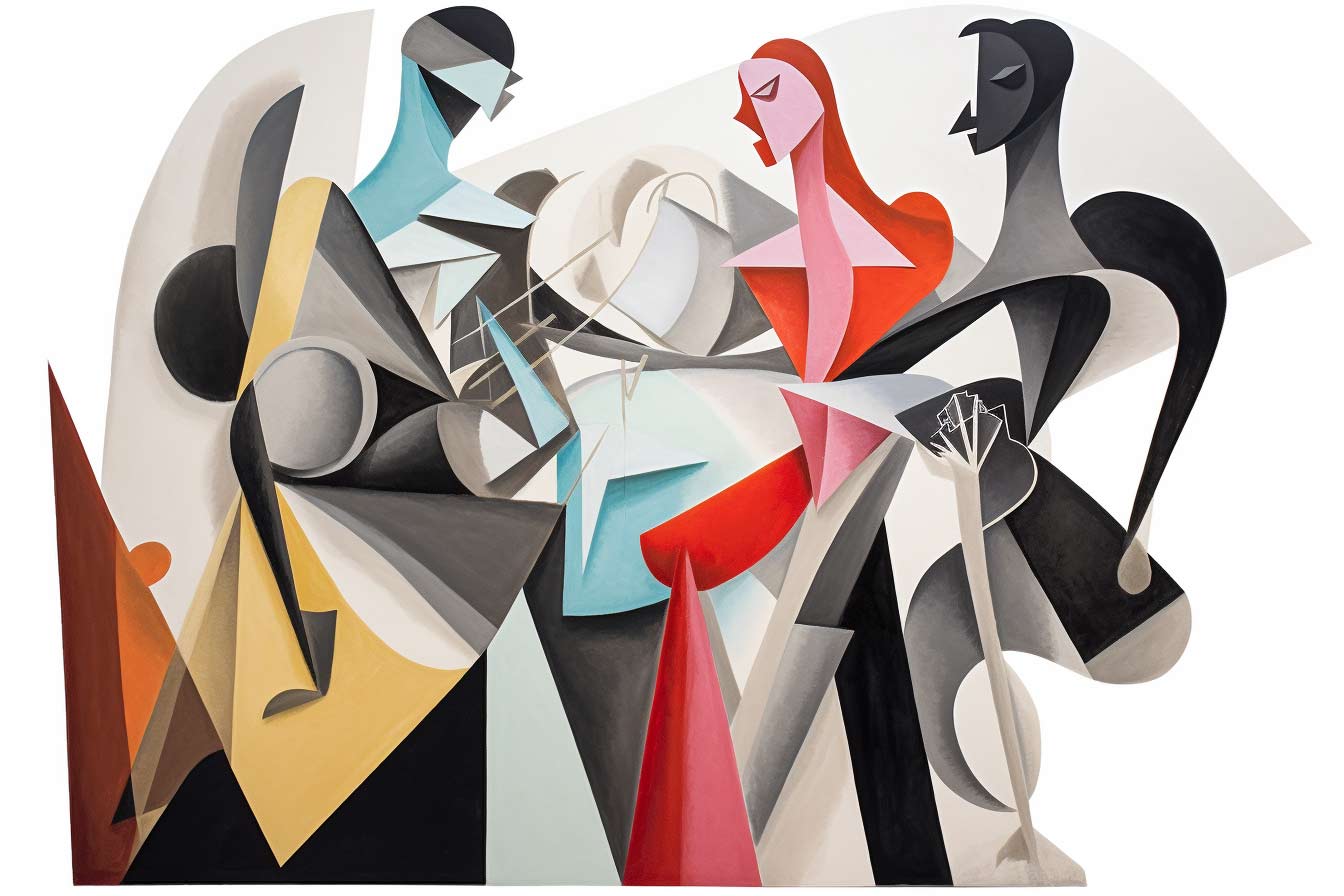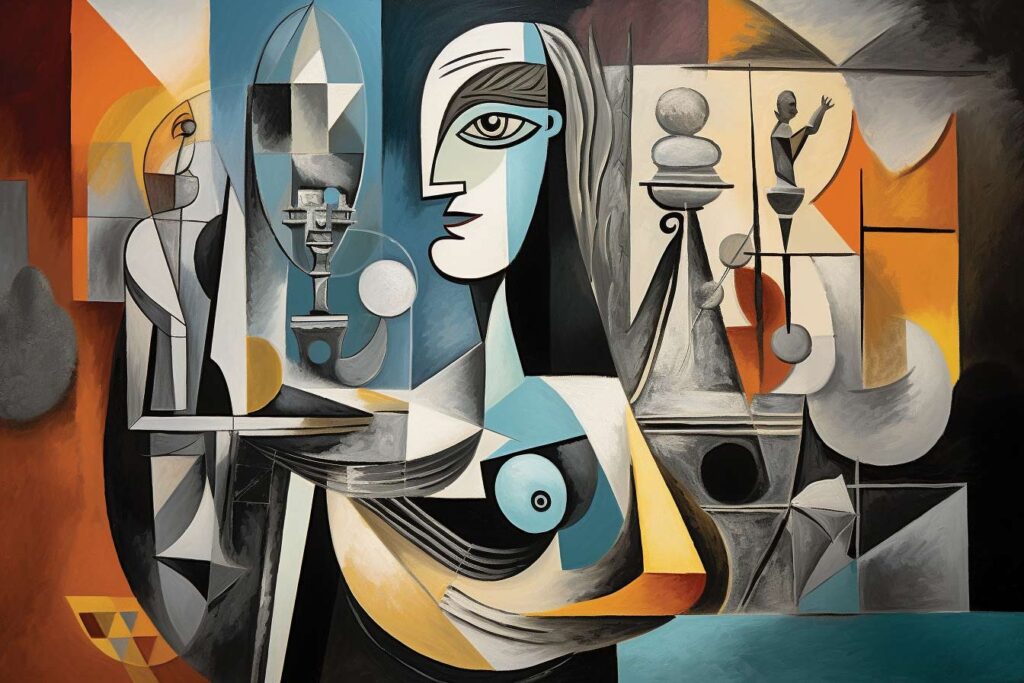Shadow Play: Deciphering Perception Through Fragmented Shadows
In the theatre of the world, where light and darkness continually wrestle, shadows stand as ethereal emissaries, bridging the real and the abstract, the tangible and the intangible. Shadows, in their silent subtlety, carry tales of the objects they mirror, yet often tell stories far grander than mere replication. The ‘Shadow Play’ collection invites one into a realm where these delicate silhouettes are not just observed but dissected, where their elusive nature is fragmented, offering a Cubist dance between perception and perspective.
Shadows and Shapes: The Alchemy of Decomposition
Every object, every entity, casts a shadow — a faint echo of its existence. Yet, in the hands of the Cubist, these shadows become more than mere reflections; they transform into puzzles of perception. ‘Shadow Play’ beautifully decomposes these silhouettes, segmenting them into facets, each carrying a fragment of the story, a piece of the perception puzzle. The apple’s shadow, for instance, isn’t merely its elliptical echo but a multifaceted mosaic of curves and contours, inviting the observer to piece together its playful portrayal.
Perception’s Play: Dancing on the Edge of Reality
The magic of ‘Shadow Play’ lies not just in its fragmented visuals but in the cerebral challenge it poses. It beckons the observer to question, to wonder, to decipher. Is the shadow merely a reflection, or does it carry its own essence? Does fragmenting it bring one closer to understanding its nature, or does it further mystify? This dance between the known and the nebulous, the real and the abstract, is at the very heart of the collection, challenging and changing the way one views the familiar.
Beyond the Obvious: The Depths of the Decomposed
In splitting shadows, in breaking them into their constituent facets, ‘Shadow Play’ offers more than a visual spectacle; it provides a philosophical probe. It urges one to delve deeper, to look beyond the obvious, to find meaning in the minute. Each fragmented shadow, while a piece of a larger puzzle, stands as a testament to the intricacies of perception, to the myriad ways we discern and deduce.
The ‘Shadow Play’ collection stands as a beacon in the world of Cubist artistry, shining light on the oft-overlooked, drawing attention to the ethereal emissaries of our world. It is an exploration, an invitation, and a challenge, asking one to not just look but to see, to not just observe but to experience, to dive deep into the dance of shadows and emerge with a renewed, redefined perspective.

